State of Tri Bike Service – 2
This is the second segment of our series on ‘The State of Tri Bike Service’. If you missed part one, click HERE.
Let’s continue the discussion, shall we?
In part one, we interviewed Jim Felt, founder of Felt Bicycles. We wanted to get a bike manufacturer’s take on the situation of modern triathlon bike service, and Jim provided us with some great insights. After speaking with him, however, I wanted to hear the perspective of the people who experience triathlon bike service up-close-and-personal – the retail bicycle shop.
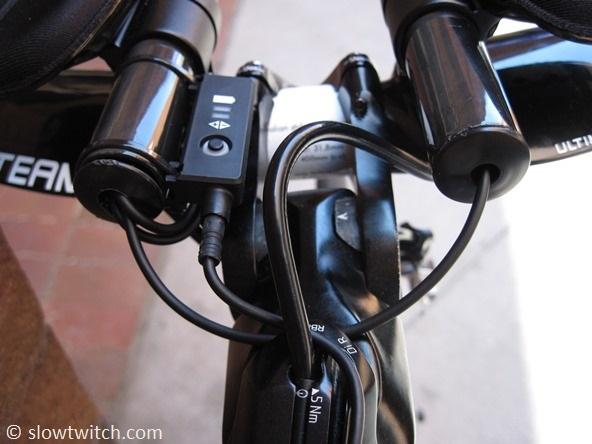
I sent a series of questions to two shops. First, Gear West Bike and Triathlon in Long Lake, MN. I’ve known the folks at Gear West for quite some time, and I feel that they are a perfect example of a true triathlon shop. Yes, they deal road bikes, mountain bikes, and kid’s bikes, too – but their roots are in tri. Gear West has been in business for 20 years, and carries Felt, Trek, Quintana Roo, and Cervelo as their main tri bike brands. Responses from Gear West come from owner, Kevin O’Connor, and employee/professional triathlete, David Thompson.
The second shop I consulted with was Hypercat Racing in Ventura, CA. Hypercat is a by-appointment specialty shop and fit studio. Over time, they have earned a reputation for expert setup of complicated bikes, brakes, cables, and everything else this article is concerned with. They’ll fix anything, but are dealers for Kestrel, Blue, Storck, Guru, Valdora, and BH. Responses from Hypercat were provided by their lead bike fitter, Phil Casanta.
I sent the same questions to both shops, and will organize their responses together.
1. Please give us the 'state of the business' when it comes to modern triathlon bikes and selling/servicing them – profitably.
Gear West: In regards to ‘super bikes’ (anything with a propriety brake and/or complicated internal cable routing), the selling and service time has increased, resulting in decreased profitability because margins on the bikes from manufactures has remained steady. Service time is the main driver in adding labor that goes into a sale and post-sale. For super bikes, the service time has doubled in general. Entry-level tri bikes with dual pivot brakes and simple internal cable routing are just as easy to work on as the original tri bikes.
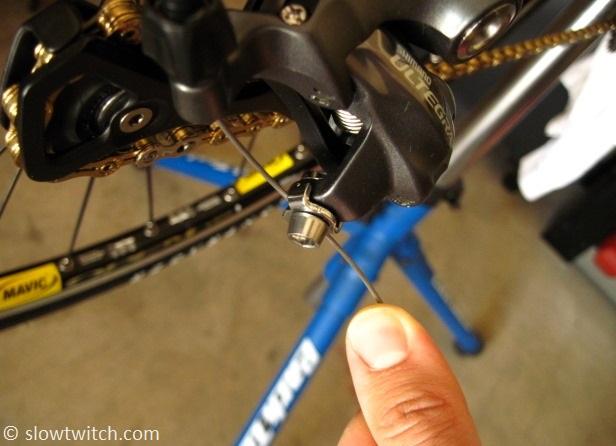
Hypercat: As a by-appointment specialty studio, we fall a bit outside the norm for the traditional bike shop model. We focus on bike fitting, service and a concierge approach to equipment sales, including bikes. Since over 80% of our sales are to-order, we maintain a good margin and a less than 1% return rate. Our primary focus is on ‘aero bikes’, and triathlon makes up the largest portion of that category. I have personally been recommending and selling bikes to triathletes since the mid 80's. When it comes to the modern triathlon bike (fully integrated systems, hydraulics, electronics, proprietary equipment) the sales of such bikes are not any more profitable, and sometimes less so than their modular cousins. On the service side, there is again no real difference in profitability as there is a time/cost offset. We charge more for more difficult or time consuming tasks so that the profitability stays the same.
2. Do you charge based on time or task?
Gear West: We switched to charging by time spent for anything with proprietary brakes, cable routing, and integrated aerobars. This doesn't just include tri bikes. There are some complicated road bikes now too.
It doesn’t stop with the mechanical items you mentioned – [brakes, cables, etc]. For almost every [electronic] or Di2 product, we have to do firmware updates to get them functioning properly.
Hypercat: Both. In most cases I have an idea, based on previous experience, as to how much time a given task will take me for a specific bike. I set a rate based on that previous experience, even if it takes me longer in the end due to some unforeseen issue. Here is an example of a common repair. Front derailleur cable replacement: Cervelo P2 $10-$25, BMC Time Machine $30-$50. With the BMC, I have to remove the crank set, rear wheel, an access plate, and possibly replace the housing as well. The range is due to what I am actually replacing and what aero bar system I am routing the cables through. If it is a complicated problem that is difficult to predict, I charge by the hour in 1/4 hour increments.

3. Do customers push back when you tell them the going rate for a service item? What about the frequency with which service must be performed? For example, you might have someone question why you recommend that they replace their cables every year, when in fact they should probably be replacing them every six months if they train regularly?
Gear West: Customers who bought the bike from us know what they’re getting into because we tell them about it ahead of time. We do get some grief from customers who bought a ‘super bike’ from another shop and then bring it to us for service. Our mechanics have a lot experience, so a person might special order a bike from his local shop and bring it in to us for fitting and service.
A lot of customers want to know what work is going to cost ahead of time. For example, ‘a brake adjustment is going to cost $10’. However, with super bikes, we can’t always do this because frame size, tire size, number of wheel sets, brake pad size, cable length, cable routing, etc, all affect how a brake will perform. Sometimes it's difficult to even give a time estimate. If everything goes perfect, it could turn out to be a normal adjustment for $10 or it could take two hours of fishing cables and testing two sets of wheels and optimizing one or the other. I think the worst case was $60 for a brake adjustment over multiple visits because the customer didn't like how the brake performed even at its best.
The frequency of service work for customers who are really picky has increased to maybe one extra visit per year over the life of the bike. But, we see all ‘super bike’ customers much more than normal tri bike customers in the first 3 months of ownership.
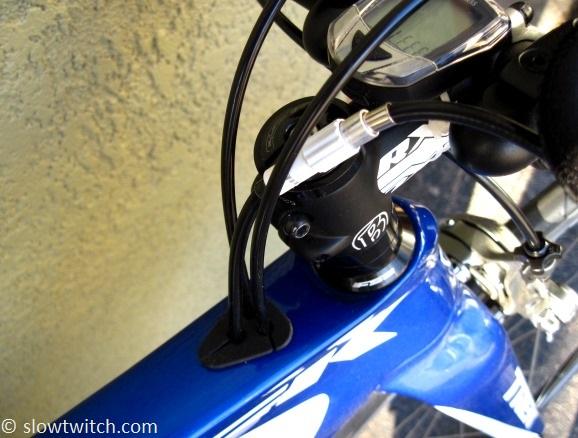
Hypercat: I wouldn't categorize it as push-back, more like a mild shock. Many times a client will be taken aback a little when I quote them the price for labor on a complicated repair, but in general I find that they have come to me because they want it done right and they know we have the experience of dealing with their issue. We have been known to receive referrals from other shops on projects that are just outside of their norm. The shop may deal with a lot of road and mountain bikes but be totally flummoxed by a fully integrated Di2 aero build. We have developed tricks and homemade specialty tools to deal with unique and frequent problems on the bikes we service regularly.
With triathletes – and I know this is a common generalization – I find that they tend to be a little less savvy on their day-to-day maintenance. When a client is in the studio I do my best to educate them on how to use lube, what lube to use, when to change tires, cables and the like. Better educated clients make for less unhappy clients down the road. The biggest trick is not getting them educated or even to agree with what you are espousing, but following up on the advice.
4. What are the top two or three things/gadgets a person can invest in that you feel make a significant performance difference on race day?
Gear West: If you don't have a tri bike, getting just a basic tri bike will make a big difference in speed. Race wheels make a difference, but they can cost about the same as a basic tri bike. Electronic is shifting is a favorite of everyone at the shop, but it is also as expensive a basic tri bike.
Hypercat:
#1 – Bike fit, Bike fit, and bike fit
#2 – A knowledgeable mechanic
#3 – Training partners
From a mechanical side:
#1 – Low friction derailleur pulleys (top picks – Tiso full ceramic and Hawk Racing)
#2 – Low friction bottom bracket bearings (top picks – Enduro and Hawk Racing)
#3 – Cables, housings, and routing (top picks – Jagwire and Yokozuno)
#3 1/2 – Electronic shifting
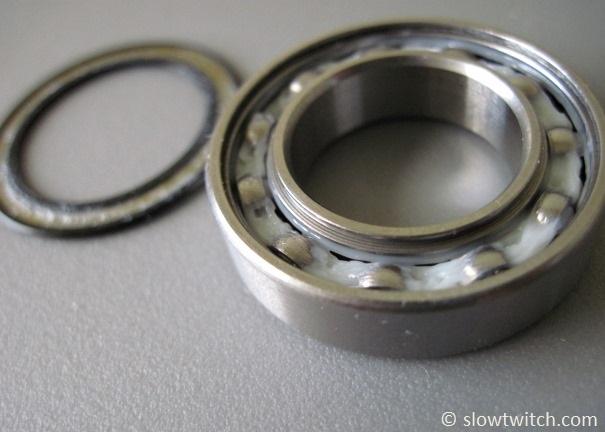
5. What are the top two or three things/gadgets that you feel are not worth the time required to maintain (i.e. things that actually cost a person more training time – and subsequent racing speed – than the gadget saves them on-paper)?
Gear West:
-Most complicated bikes
-Off-brand carbon clinchers are something to stay away from
-We like basic water bottles over most of the hydration systems out there. I’ve been zip-tying a standard bottle cage between my aerobars for years
Hypercat: This is a very difficult question to answer as it has so many individual aspects – i.e. the type of rider we are speaking of, their experience level, the bike we are discussing, and so on. But here are three things that I feel – while being very cool aesthetically – are not a necessary or practical item for the average triathlete.
#1 – Fully integrated brake levers in the aero bars. The worst example is the old USE knife blade levers. Most [integrated] systems are a huge pain to change the brake cable housings, so here is a great example of a cost increase in the service department. It also means there are no new lever options down the road – which means no options for different hand shapes, brake caliper choices (cable pull rate), or electronic buttons.
#2 – Hidden rear brakes. While I generally like the look of hidden rear brakes, the cost of maintenance is much higher [than standard brakes]. Plus it is difficult to change brake pads for different rim types, and can be a huge nightmare if you run two different rim widths between racing and training wheels.
#3 – Hidden spoke nipples, especially on tubular aero rims. The cost of repair is much higher with a hidden nipple, plus you or your shop must own the tool. I have no less than 13 different brand-specific internal nipple tools currently in my shop. And with a tubular wheel there is no quick fix at the race for a spoke replacement or even a basic wheel true [because you must remove and re-glue the tire].
—
The verdict I'm seeing is this: Cost-of-ownership is going up – period. The manufacturers are saying it and the shops are saying it. Technology comes at a price – not only at the original point of purchase – but for years down the road. One might suggest learning to do repairs on your own (as a forever do-it-yourself guy, I'm all for it). However, there is an inherent hurdle: the more difficult the job, the less likely the weekend mechanic can successfully complete it. Similar to automotive service, some jobs require expensive tools. With multiplication of headset and bottom bracket standards, your expensive tools can become obsolete. Even for shops, the cost of owning every possible tool is a real concern.
Does this mean we should halt technological advances for bicycles? Ought we put the computers and CAD drawings away, and keep riding the same stuff forever?
I'll offer my two cents of common sense: Technology ain't stopping. However, I think we'd all be best served by not adopting every single new-fangled toy out there. We must pick the most important ones for ourselves that fit our personal cost/benefit equation. Me? I'm grumpier than twice my age (and three times as ugly), and I pick my equipment accordingly. Others can't wait to get their hands on the latest-and-greatest gear, and love every minute of it. Each must find their own moderation. My only hope is that manufacturers can empathize with those who do not necessarily want equipment that is expensive or difficult to own, and continue to offer a variety of options.




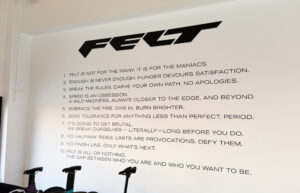
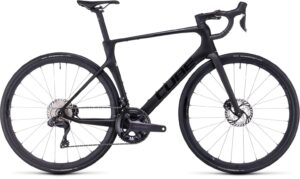

Start the discussion at forum.slowtwitch.com